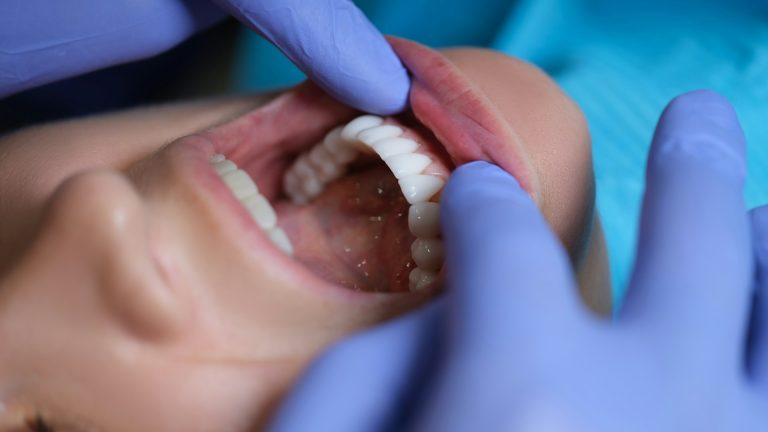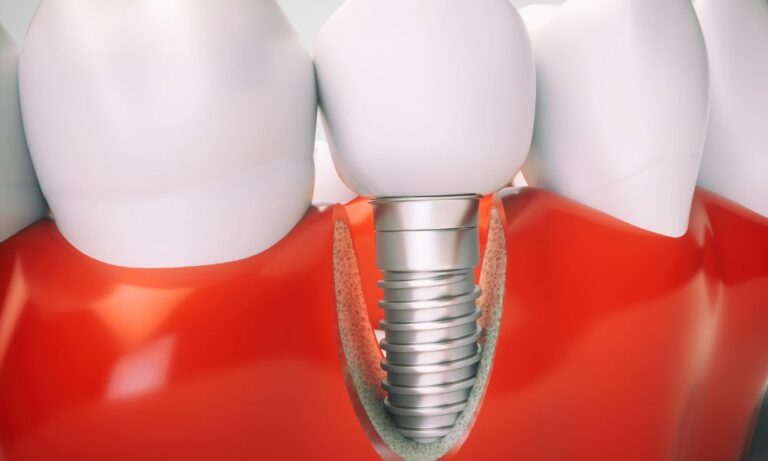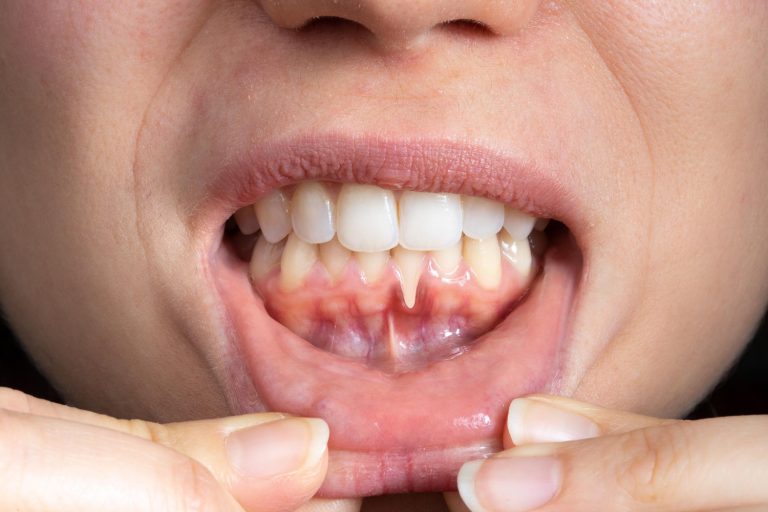Understanding how smoking affects gum health is crucial for anyone who smokes. Smoking can lead to serious gum problems that might not seem noticeable right away. Knowing what to look for and how to address these issues can make a big difference in maintaining healthy gums.
When you smoke, it reduces blood flow to your gums, making it harder for them to stay healthy and fight off infections. Nicotine weakens the immune system, which means your body has a tougher time battling gum disease. Additionally, tobacco contains many harmful chemicals that damage gum tissue, leading to swelling, discoloration, and other issues. Taking steps to quit smoking or improving your oral care routine can help save your gums from further harm.
By understanding the visible signs of gum problems caused by smoking and knowing why smokers are more susceptible to gum disease, you can take action to protect your gums. Whether it’s through better oral hygiene, regular dental visits, or considering a smoking cessation program, there are ways to keep your gums healthy even if you smoke. Learning these important details can help you make informed decisions about your oral health and take steps toward a healthier smile.
The Science Behind Smoking and Gum Damage
Smoking has a direct negative impact on gum health. One of the main issues is how smoking affects blood flow to the gums. Nicotine, a key substance in tobacco, causes blood vessels to constrict, reducing the amount of oxygen and nutrients that reach the gum tissue. This restricted blood flow weakens the gums and makes them more susceptible to infections and diseases.
Another way smoking harms gums is through its effect on the immune system. Nicotine weakens the immune system, making it harder for the body to fight off infections, including those in the mouth. Additionally, tobacco smoke contains various harmful chemicals that further damage gum tissue. These chemicals can irritate and inflame gums, leading to conditions such as gum disease and tooth loss. Smokers are at a higher risk of developing these issues due to the constant exposure to these toxic substances.
Visible Signs of Smoking-Related Gum Issues
Smoking can lead to several visible signs of gum problems. Common symptoms include gum discoloration, where gums may appear darker due to reduced blood flow and stained by tobacco. Bleeding and swelling of gums are also frequent issues among smokers. When gums are inflamed, they tend to bleed more easily, especially during brushing or flossing.
One of the challenges with smoking is that it can mask early signs of gum disease. The decreased blood flow can make gums look pale, hiding the redness and inflammation that signal the onset of gum problems. Additionally, smoking leads to receding gums, where the gum tissue pulls away from the teeth, exposing more of the tooth and its roots. This condition can cause sensitivity and increase the chance of tooth loss. Bad breath is another common issue linked to smoking, as the chemicals in tobacco smoke can dry out the mouth and leave an unpleasant odor. Recognizing these signs early can help in seeking the necessary treatment to prevent further damage.
Why Smokers Are More Prone To Gum Disease
Smokers struggle to fight infections effectively due to their weakened immune systems. The chemicals in tobacco, such as nicotine, suppress immune response, making it challenging to combat the bacteria that cause gum disease. This leaves smokers more vulnerable to infections, worsening the condition of their gums over time.
Smoking also impacts saliva production, leading to dry mouth. Saliva is crucial for washing away food particles and neutralizing acids produced by bacteria in the mouth. When saliva production decreases, it creates a dry environment that allows plaque and bacteria to build up more easily. This accumulation leads to tartar formation, which can cause or exacerbate gum disease. Smokers often experience faster plaque and tartar buildup, increasing their risk of gum problems.
Steps To Protect Your Gums When You Smoke
Protecting your gums as a smoker involves adopting a rigorous oral hygiene routine and considering healthier choices. Start by maintaining regular dental visits and deep cleanings. Professional cleanings can remove tartar that brushing and flossing might miss, reducing the chances of developing gum disease.
Adopting better oral hygiene practices is crucial. Brush your teeth at least twice a day with fluoride toothpaste and floss daily to remove plaque from between your teeth and gums. Using an antimicrobial mouthwash can also help control bacterial growth. Additionally, consider using a toothbrush designed for gum care, which has softer bristles to avoid damaging sensitive gum tissues.
If you’re a smoker, think about joining a smoking cessation program or trying alternatives to reduce tobacco use. Quitting smoking significantly improves gum health and overall well-being. Your dentist can provide resources and support to help you find effective ways to stop smoking. Taking these steps can go a long way in protecting your gums from the harmful effects of smoking.
Conclusion
Smoking has a significant impact on gum health, increasing the risk of gum disease and other oral health problems. Understanding how smoking affects the gums and recognizing early signs of gum issues can help you take better care of your mouth. By maintaining a thorough oral hygiene routine, attending regular dental checkups, and considering quitting smoking, you can protect your gums and overall health.
If you need personalized advice on how to care for your gums and want professional support, don’t hesitate to contact Colorado Gum Care Broomfield, CO. We are committed to helping you achieve and maintain healthy gums and a beautiful smile. Schedule your appointment with our dentists in Broomfield today and take the first step toward better gum health.







